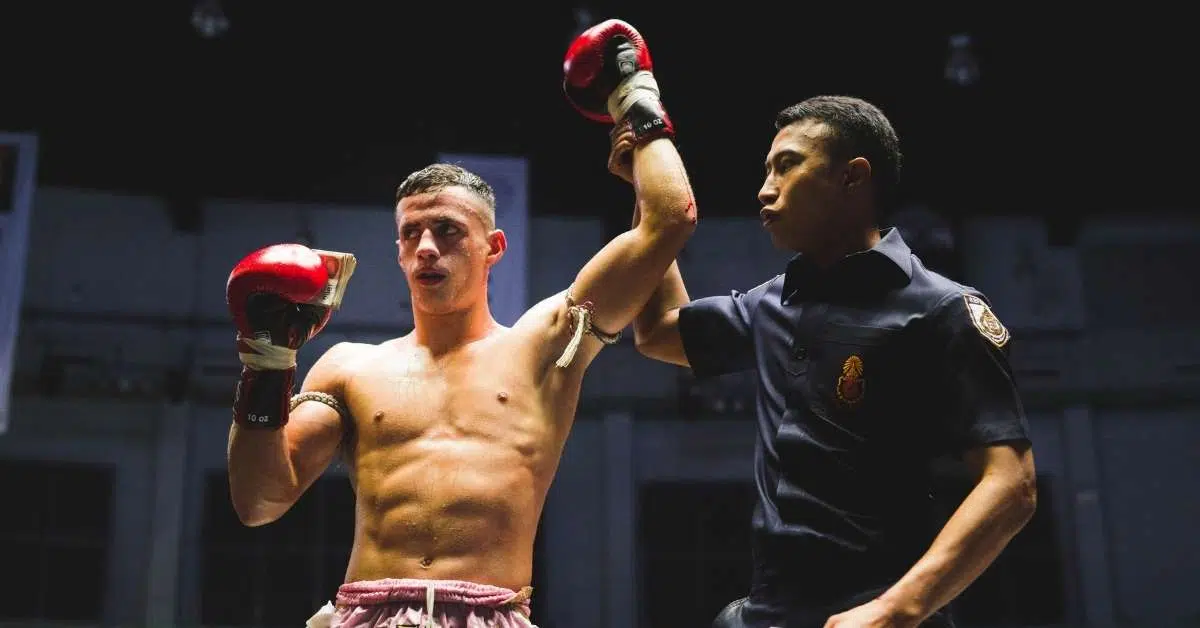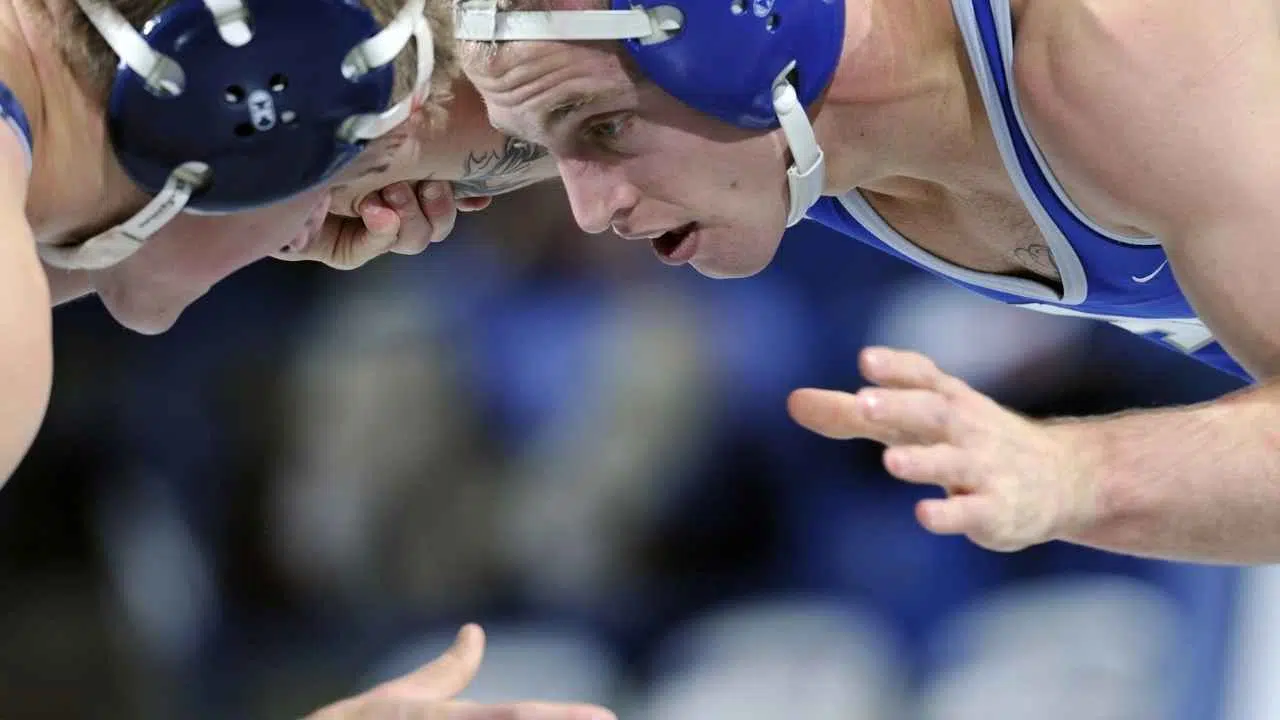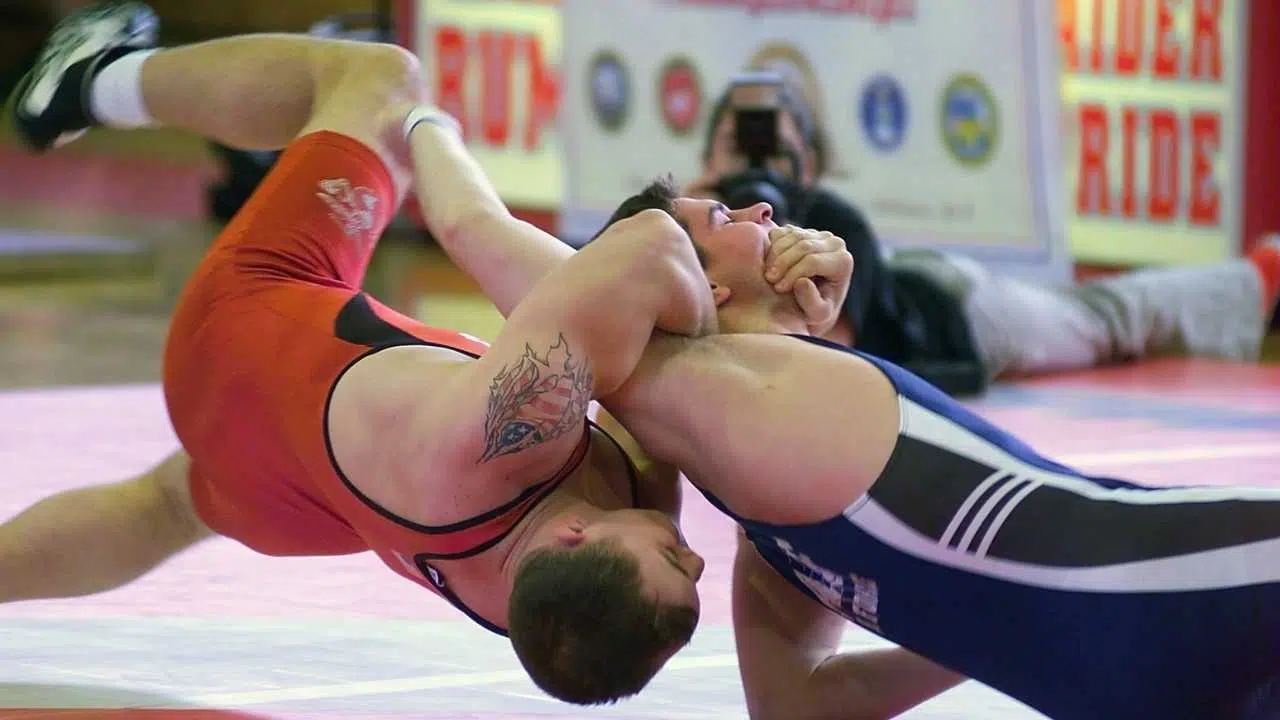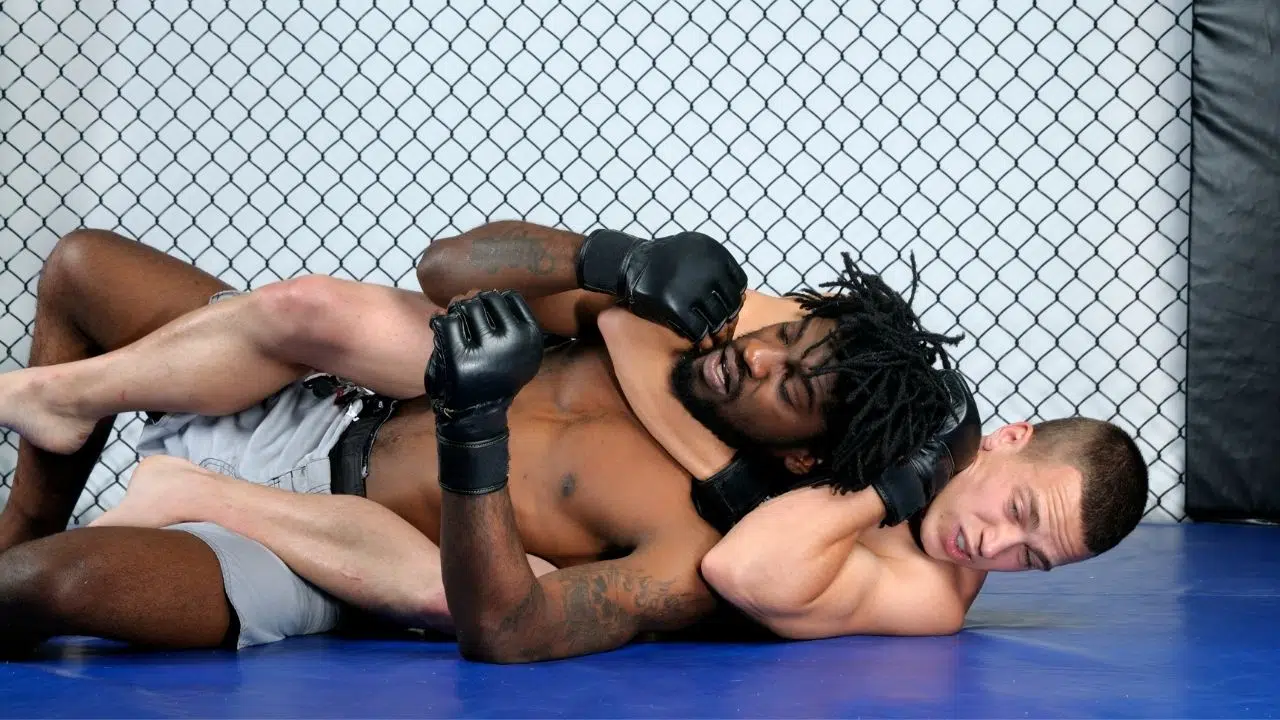
Luta Livre is an incredibly effective Brazilian martial art that has produced dozens of world-class fighters.
In this article, we discuss the complete story of luta livre. We look at how Euclides Hatem developed the martial, a list of famous luta livre fighters, and the infamous story of the BJJ vs luta livre rivalry.
Let's dive in.
What is Luta Livre
Luta Livre is a multi-discipline martial art developed by submission wrestling champion Euclides Hatem. It evolved in Brazil during the early 1900s at the same time BJJ developed.
The martial art includes elements of catch wrestling, judo, pankration, and, later on, muay thai. In English, the name luta livre means free fighting, precisely describing martial art.
Styles Of Luta Livre
Luta Livre Esportiva: This style of luta livre refers to no-gi submission grappling. Its techniques are similar to catch wrestling, even though it developed independently in Brazil.
Luta Livre Vale Tudo: This is effectively Brazilian MMA before the UFC exploded in popularity. In other words, MMA or no-gi grappling plus striking.
The History Of Luta Livre
The story of luta livre begins with the martial art's creator Euclides "Tatu" Hatem. Euclides was born in Rio de Janeiro in 1914 to a Lebanese family.
He was an athletically gifted kid that got the nickname Tatu (armadillo) due to his stocky and muscular physique. At 14, Hatem attempted to become a professional rower but was unsuccessful at his attempt.
When that failed, he began taking catch wrestling classes at the Associação de Cristã de Moços in Rio de Janeiro (The Young Men's Christian Association In Rio de Janeiro).
Hatem immediately showed immense potential at catch wrestling. His coach believed that he could compete in grappling at a high level.
Hatem Begins Competing
After years of training, Hatem wanted to test himself against other wrestlers and grapplers. He would begin competing in catch as catch can wrestling, pro wrestling, and vale tudo matches in the 1930s.
By 1935, Mestre Tatu had already made quite a name for himself in grappling and fighting. He was beating some well-known wrestlers at the time, like an Italian wrestler named Attilio and Brazilian Bogma.
Euclides became so well versed in chokes that many of his opponents requested that they not be allowed in their matches.
At the end of the 1930s, Hatem was considered one of the best wrestlers and fighters in the world. Not only was he well versed in wrestling, but he was also considered a submission expert.
Hatem's Last Matches
When the 1940s arrived, Hatem continued competing in various competitions and won nearly all of them. In 1942, Tatu was challenged to a match by Carlos Gracie's oldest brother George Gracie.
George was considered the top athlete of the Gracie brothers and the one with the shortest temper. Gracie had also trained with many of Hatem's teachers and knew his style.
This wouldn't matter as Hatem dominated every minute of their fight and would win by submission.
Hatem would later face Takeo Yano for the 3rd time and win the trilogy against his old friend. One of Hatem's last matches was against Russian wrestler Leon Falkenstein, who was known as "Homem Montanha" (Mountain Man).
Things got heated before their match due to Falkenstein requesting that the match be fixed. This upset Hatem, and he took it out on Falkenstein in their fight by beating him in just 37 seconds. Homem Montanha would demand a rematch, but with the same result.
Hatem Opens The First Luta Livre School
In the 1950s, Hatem was retired from fighting and wanted to turn his attention to teaching. He would open the first luta livre school to teach his martial art.
Although Mestre Tatu was unofficially retired from competition, Waldemar Santana did come to his school and challenge him. He quickly defeated Santana, who would eventually become a student of Hatem's later on.
Euclides would continue teaching luta livre for the last decades of his life until he passed away in 1984. He was considered a sports hero in Brazil, and his legacy lives on through his students that still teach luta livre.
Martial Arts Used In Luta Livre
Luta Livre is an early Brazilian MMA version that includes different fighting disciplines. Some of the martial arts used in luta livre include:
- Catch Wrestling.
- Judo.
- Pankration.
- Muay Thai.

WARRIOR STRENGTH PROGRAM
Luta Livre Ruleset
Luta Livre competitions have their own rulesets that are very similar to No-Gi Jiu-Jitsu competitions. Here is the complete rulesets takien from the official Federação Internacional De Luta Livre Submission (Internations Luta Livre Submission Federation).
Below we discuss some of the most notable luta livre rules and regulations.
Allowed Techniques In Luta Livre
- Takedowns.
- Strangles and chokes.
- Shoulder, arm, and wrist locks.
- Leg, foot, or ankle locks.
Illegal Techniques In Luta Livre
- Full nelson or crucifix.
- Throwing strikes or slamming.
- Hair pulling, biting, or eye-gouging.
- Small joint manipulation.
- Applying grease or chemicals to the body or clothing.
Point System In Luta Livre
The points system in luta livre is similar to BJJ. Below we discuss the points awarded for successful techniques in Luta Livre.
- Two points - Knee on belly.
- Two points - Sweeping (falling into the guard or half guard).
- Three points - Sweeping clean (without finishing in the opponent's guard).
- Three points - A successfully completed takedown. To secure points for the takedown, the athlete must control their opponent on the ground for 3 seconds.
- Four points - Taking the back with two hooks or a locked body triangle.
- Three points - Passing the guard.
- Four points - Mounted position.
Point Deductions In Luta Livre
Like BJJ, luta livre follows a unique set of rules and regulations. In luta livre, fighters can get points deducted for performing illegal techniques. Some of the most common reasons for point deductions in include:
- Not engaging your oppenent and constantly moving backwards (stalling).
- Intentionally moving out of thecompetition area to avoid a submission.
- Putting your hands over the mouth or nose of your opponent with the intention of obstructing their breathing.
Ways To Win A Lutre Livre Fight
Another similarity between BJJ and luta livre is the methods of victory. Below are the three ways to win a luta livre fight.
- Submission.
- Points.
- Referee decision.
Luta Livre Belt System
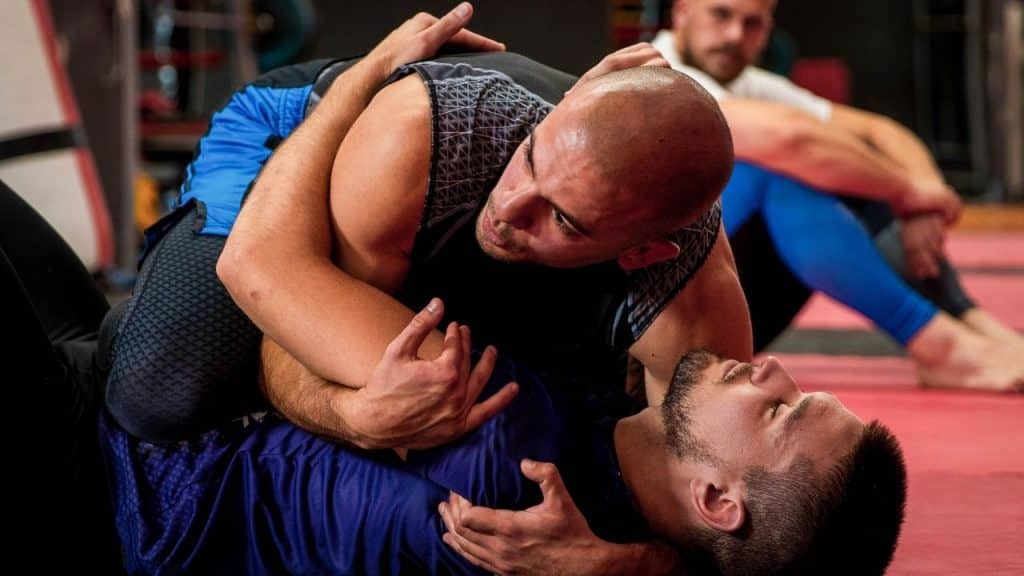
Like in Brazilian Jiu-Jitsu, luta livre does have its own belt system. It includes seven different ranks that are split up between beginner, intermediate, and advanced.
Beginner Luta Livre Belts:
- White
- Yellow
- Orange
Intermediate Luta Livre Belts:
- Blue
Advanced Luta Livre Belts:
- Purple
- Brown
- Black
Also, similar to BJJ, the average time to get through the Luta Livre belt system is usually 8-10 years.
Luta Livre Training
Modern luta livre training is basically the same as no-gi or MMA training, focusing on wrestling and takedowns.
What luta livre training includes is:
- Takedowns.
- Takedown Defense.
- Positional Control.
- Submissions.
- Submission Defense.
- Strikes.
- Defense Against Strikes.
The Gracie Challenge vs Luta Livre
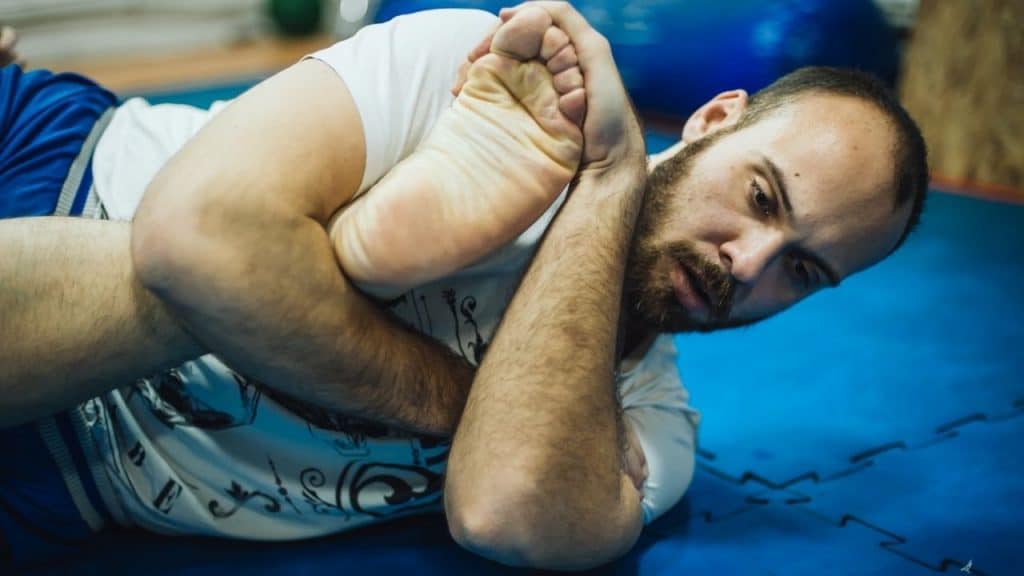
The rivalry between BJJ and luta livre, for the most part, was a friendly one until the 1980s. That is when a blood feud started between the two that ended in violence multiple times. Here is a play-by-play of the rivalry between BJJ and luta livre.
An Assault at Carnivale
What started the series of violent events was a fight that broke out during Carnivale. It involved a group of muay thai fighters against young members of the Gracie Jiu-Jitsu School.
The muay thai fighters were older and outnumbered the Gracie members. They would rough up the Gracie fighters, including a young Royce Gracie.
Rolles Gracie (Royce's older brother) was enraged by the attack on his brother and student. He gathered up the school's best fighters and went to muay thai school to confront them.
Rolles would challenge the school's head trainer at the muay thai school and humiliate him.
The first BJJ vs Luta Livre matches
The first series of matches between the sides was set up to prevent any more street fights or gym invasions. Three fights were set up between the sides' best fighters.
This is where luta livre comes in because the muay thai side picked luta livre fighter Março Ruas to lead them. Ruas would choose the other two fighters for the muay thai side, and they were set to face the Gracie fighters.
Team Gracie Jiu-Jitsu thought they would easily win the matches, but team luta livre came to fight. The matches would end in a draw, but luta livre came out the winners as the Gracie's unbeatable image was tarnished.
Rickson Gracie vs Hugo Duarte
After the matches, there were talks of Marco Ruas fighting Rickson Gracie, but talks fizzled out. Instead, Rickson was offered a match with luta livre fighter Hugo Duarte.
Rickson heard rumors that Hugo would back out and confronted him about it. He took a group of Gracie students with him to Copacabana, where Duarte was on the beach.
Gracie would slap Duarte, and the fight was on. Rickson would embarrass Duarte and submit him in front of a large group of people that gathered.
The luta livre side wanted payback for what happened. They grabbed knives guns and stormed the Gracie academy. Luckily, Hélio Gracie could talk them down before anyone lost their life.
Round 3 BJJ vs Luta Livre
Years after the Rickson and Duarte incident, the rivalry reignited. This was due to Gracie student Walid Ismail making negative comments about luta livre, which upset the luta livre side.
Another set of matches was set up in the second meeting between the rivals. This time the Gracie side picked Murilo Bustamante, Fábio Gurgel, and Walid Ismail to represent them against team luta livre.
Team BJJ would win all three matches, and luta livre's image was tarnished.
The Pentagon Combat Riot
In 1997, the last chapter of the rivalry would take place at an event called Pentagon Combat. The creator of ADCC put on the event that put Renzo Gracie against Eugenio Tadeu.
Tadeu still had unresolved problems with the Gracie clan and wanted to fight Renzo for some time.
During the main event, the crowd encircled the cage and began hanging onto it. One of the spectators would then allegedly hit Renzo, and when he retaliated, a riot broke out.
The venue was destroyed, people were injured, and there were even reports of gunshots. This incident made international news, which made the Brazilian government step in.
The government intervened and forced the two sides to come to a peace agreement, which both agreed to. Since that event, the two sides are now on good terms and actually cross-train together.
Famous Luta Livre Fighters

Over the past century, luta livre has procured several notable fighters who have competed in some of the best martial arts promotions around the world.
Below we discuss three of the best luta livre fighters in the history of the sport.
Euclides "Tatu" Hatem
When talking about luta livre, you must start with its creator. Euclides "Tatu" Hatem was a legendary fighter who won many battles during his fighting career. Without Tatem, luta livre would not exist today.
Marco Ruas
Marco Ruas is a luta livre practitioner and MMA pioneer. He is a former UFC champion and a hall of famer. Today, Ruas runs his Luta Livre school in Rio de janeiro.
The Nogueira Brothers
Arguably the most known luta livre fighters are the Nogueira brothers, Antônio Rodrigo and Antonio Rogério.
Big Nog was a former Pride and UFC Heavyweight, while Rogério was an elite-level fighter for years. Today, they run their own chain of gyms and do representative work for the UFC.
Luta Livre 101
Luta livre is an incredibly effective martial art that helped shape the world of modern mixed martial arts. Many top Brazilian fighters have practiced the discipline and continue to teach it to their students.
If you're looking to improve your wrestling and no-gi grappling techniques, you should look deeper into luta livre.
.png)

